Enzymatic Conversion of CO2: From Natural to Artificial Utilization
- PMID: 36692850
- PMCID: PMC10176493
- DOI: 10.1021/acs.chemrev.2c00581
Enzymatic Conversion of CO2: From Natural to Artificial Utilization
Abstract
Enzymatic carbon dioxide fixation is one of the most important metabolic reactions as it allows the capture of inorganic carbon from the atmosphere and its conversion into organic biomass. However, due to the often unfavorable thermodynamics and the difficulties associated with the utilization of CO2, a gaseous substrate that is found in comparatively low concentrations in the atmosphere, such reactions remain challenging for biotechnological applications. Nature has tackled these problems by evolution of dedicated CO2-fixing enzymes, i.e., carboxylases, and embedding them in complex metabolic pathways. Biotechnology employs such carboxylating and decarboxylating enzymes for the carboxylation of aromatic and aliphatic substrates either by embedding them into more complex reaction cascades or by shifting the reaction equilibrium via reaction engineering. This review aims to provide an overview of natural CO2-fixing enzymes and their mechanistic similarities. We also discuss biocatalytic applications of carboxylases and decarboxylases for the synthesis of valuable products and provide a separate summary of strategies to improve the efficiency of such processes. We briefly summarize natural CO2 fixation pathways, provide a roadmap for the design and implementation of artificial carbon fixation pathways, and highlight examples of biocatalytic cascades involving carboxylases. Additionally, we suggest that biochemical utilization of reduced CO2 derivates, such as formate or methanol, represents a suitable alternative to direct use of CO2 and provide several examples. Our discussion closes with a techno-economic perspective on enzymatic CO2 fixation and its potential to reduce CO2 emissions.
Conflict of interest statement
The authors declare no competing financial interest.
Figures

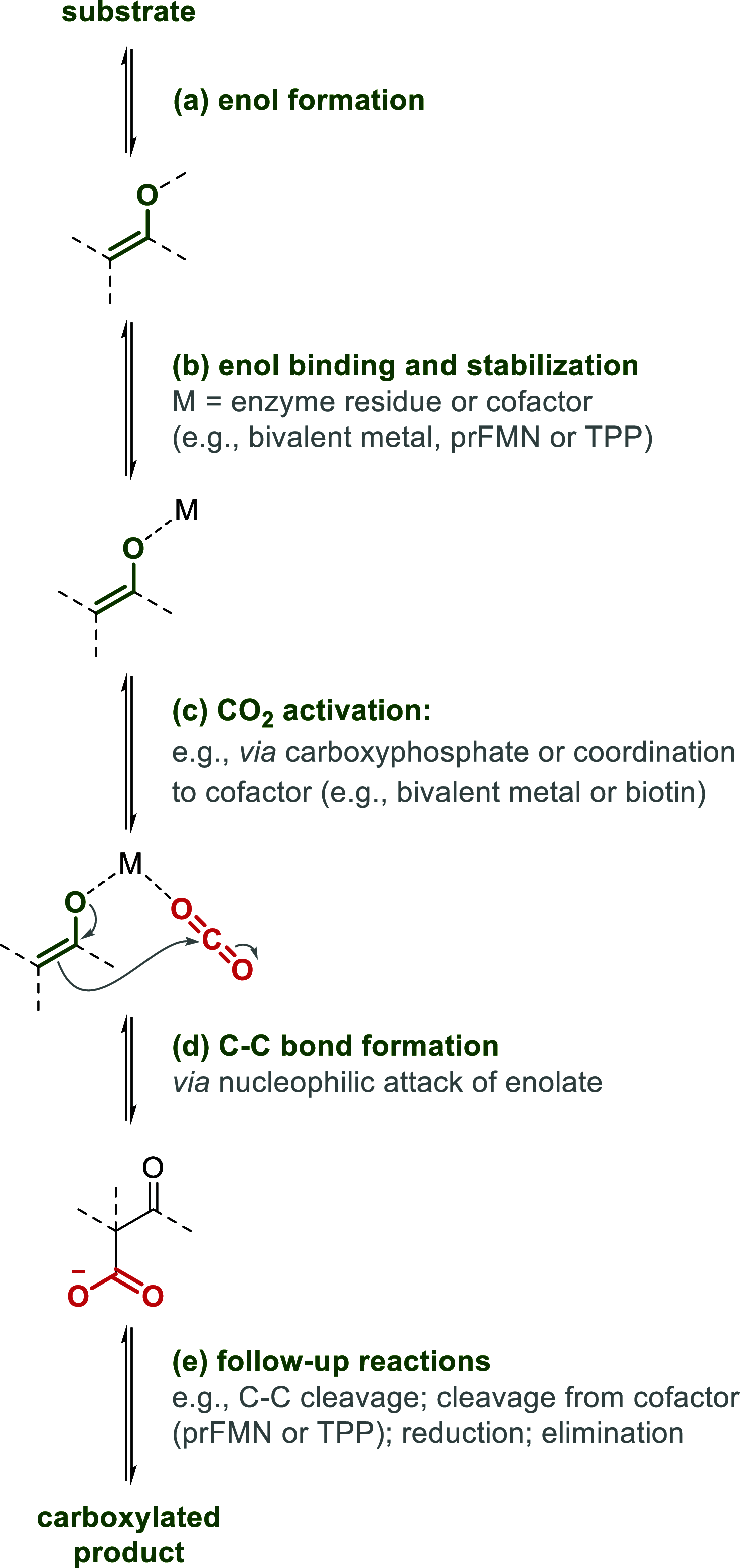




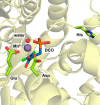







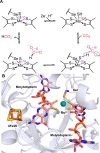



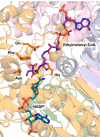

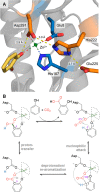










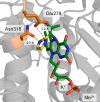
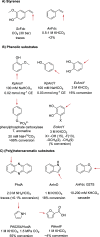

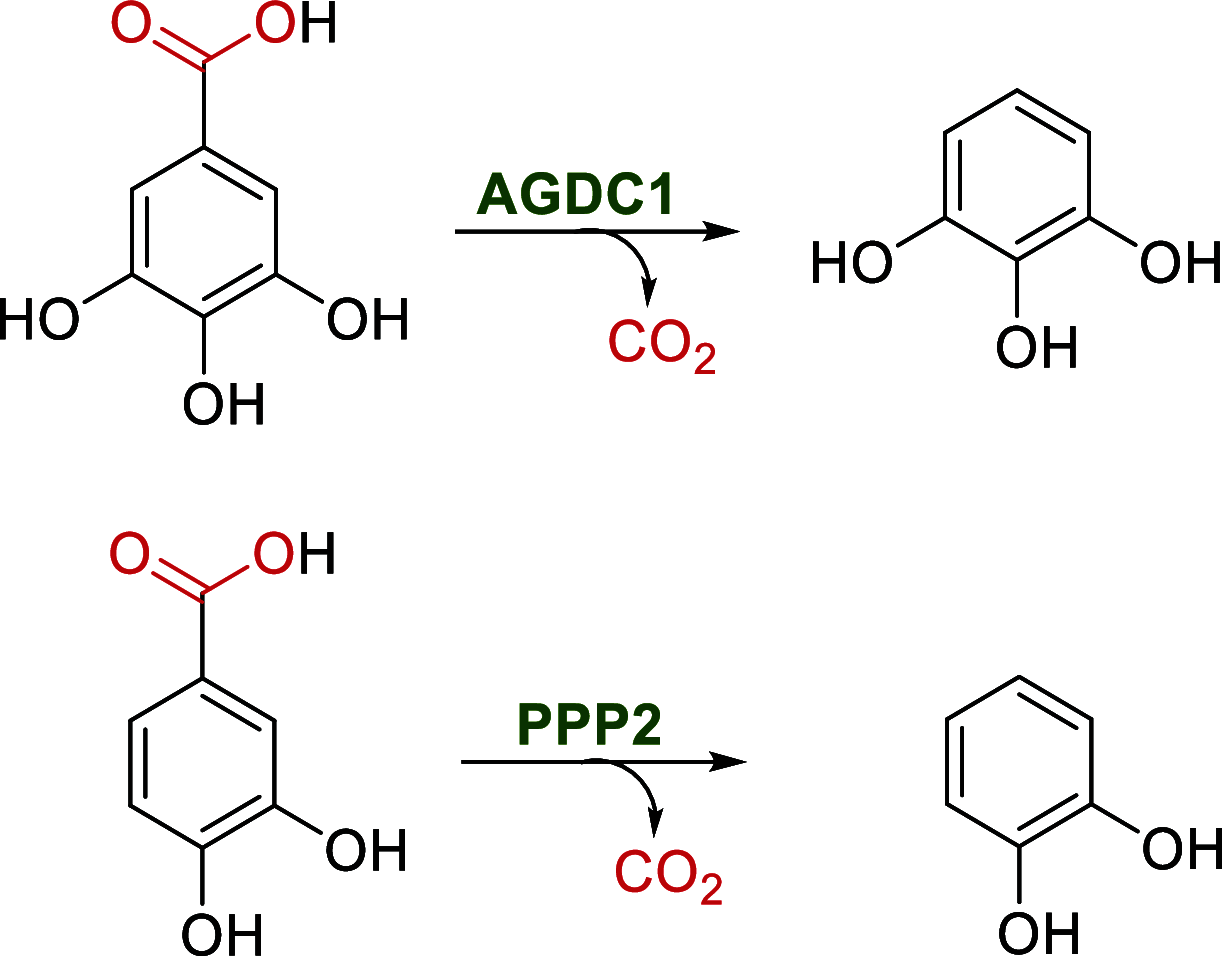

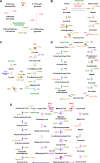






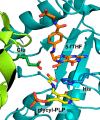
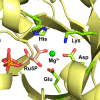

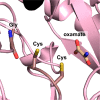



Similar articles
-
Quantum chemical studies of the reaction mechanisms of enzymatic CO2 conversion.Phys Chem Chem Phys. 2024 Oct 30;26(42):26677-26692. doi: 10.1039/d4cp03049d. Phys Chem Chem Phys. 2024. PMID: 39347748 Review.
-
Evolutionary history and biotechnological future of carboxylases.J Biotechnol. 2013 Nov;168(3):243-51. doi: 10.1016/j.jbiotec.2013.05.007. Epub 2013 May 20. J Biotechnol. 2013. PMID: 23702164 Review.
-
CO2-converting enzymes for sustainable biotechnology: from mechanisms to application.Curr Opin Biotechnol. 2021 Feb;67:80-87. doi: 10.1016/j.copbio.2021.01.003. Epub 2021 Jan 25. Curr Opin Biotechnol. 2021. PMID: 33508634 Review.
-
Direct Biocatalytic Processes for CO2 Capture as a Green Tool to Produce Value-Added Chemicals.Molecules. 2023 Jul 19;28(14):5520. doi: 10.3390/molecules28145520. Molecules. 2023. PMID: 37513391 Free PMC article. Review.
-
Synthetic Enzyme-Catalyzed CO2 Fixation Reactions.ChemSusChem. 2021 Apr 22;14(8):1781-1804. doi: 10.1002/cssc.202100159. Epub 2021 Mar 10. ChemSusChem. 2021. PMID: 33631048 Free PMC article. Review.
Cited by
-
Infrared spectroscopy reveals metal-independent carbonic anhydrase activity in crotonyl-CoA carboxylase/reductase.Chem Sci. 2024 Feb 29;15(13):4960-4968. doi: 10.1039/d3sc04208a. eCollection 2024 Mar 27. Chem Sci. 2024. PMID: 38550681 Free PMC article.
-
CO2 Fixation into Useful Aromatic Carboxylic Acids via C (sp2)-X Bonds Functionalization.Top Curr Chem (Cham). 2025 Mar 3;383(1):11. doi: 10.1007/s41061-025-00496-x. Top Curr Chem (Cham). 2025. PMID: 40029504 Review.
-
Changing the Electron Acceptor Specificity of Rhodobacter capsulatus Formate Dehydrogenase from NAD+ to NADP.Int J Mol Sci. 2023 Nov 8;24(22):16067. doi: 10.3390/ijms242216067. Int J Mol Sci. 2023. PMID: 38003259 Free PMC article.
-
Seven critical challenges in synthetic one-carbon assimilation and their potential solutions.FEMS Microbiol Rev. 2025 Jan 14;49:fuaf011. doi: 10.1093/femsre/fuaf011. FEMS Microbiol Rev. 2025. PMID: 40175298 Free PMC article. Review.
-
Vinylogous Electrochemical Carboxylation of Dienones.ACS Electrochem. 2025 Jul 3;1(8):1443-1451. doi: 10.1021/acselectrochem.5c00078. eCollection 2025 Aug 7. ACS Electrochem. 2025. PMID: 40799489 Free PMC article.
References
-
- Wiltschi B.; Cernava T.; Dennig A.; Galindo Casas M.; Geier M.; Gruber S.; Haberbauer M.; Heidinger P.; Herrero Acero E.; Kratzer R.; et al. Enzymes Revolutionize the Bioproduction of Value-Added Compounds: From Enzyme Discovery to Special Applications. Biotechnol. Adv. 2020, 40, 107520.10.1016/j.biotechadv.2020.107520. - DOI - PubMed
Publication types
MeSH terms
Substances
Grants and funding
LinkOut - more resources
Full Text Sources
Molecular Biology Databases

